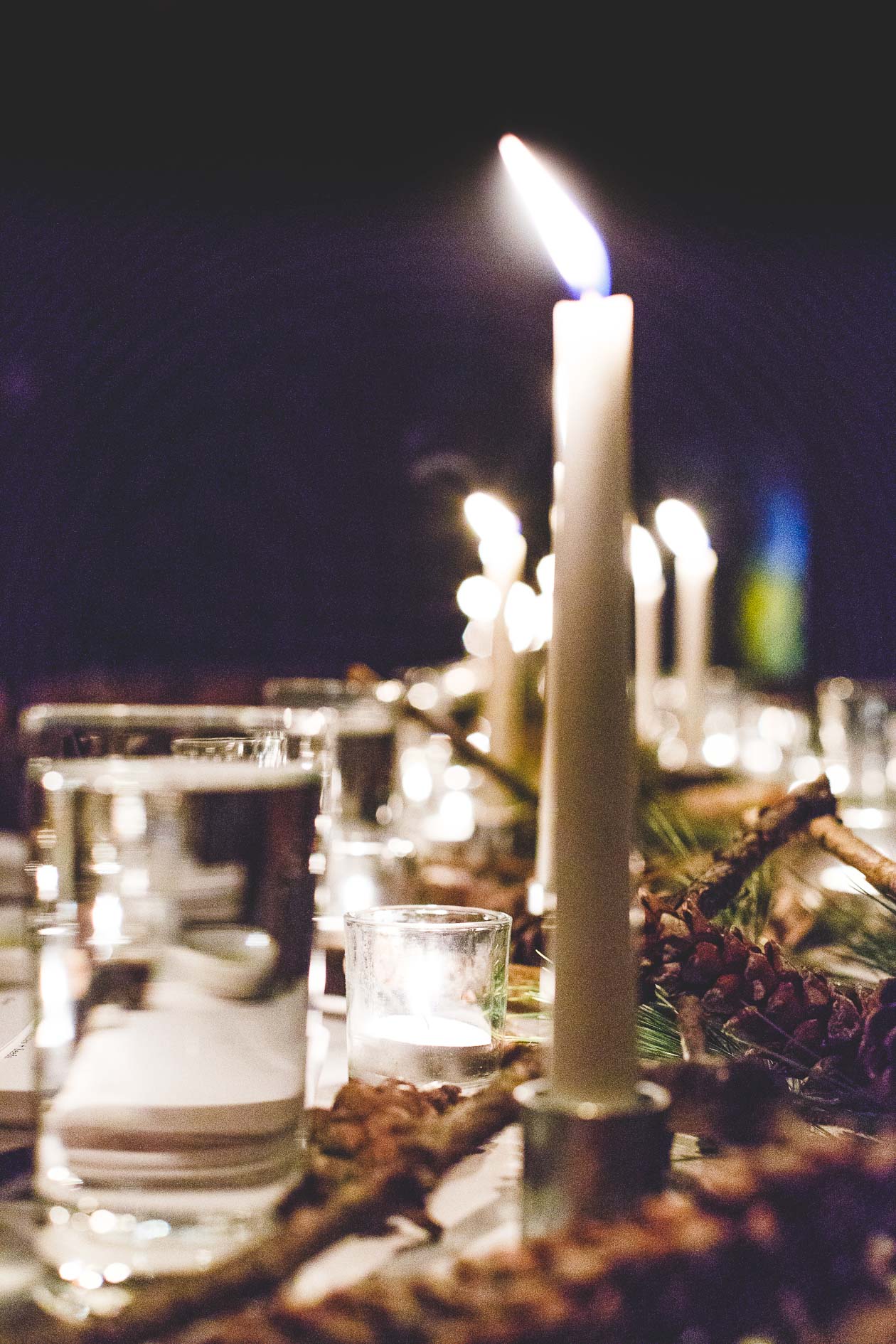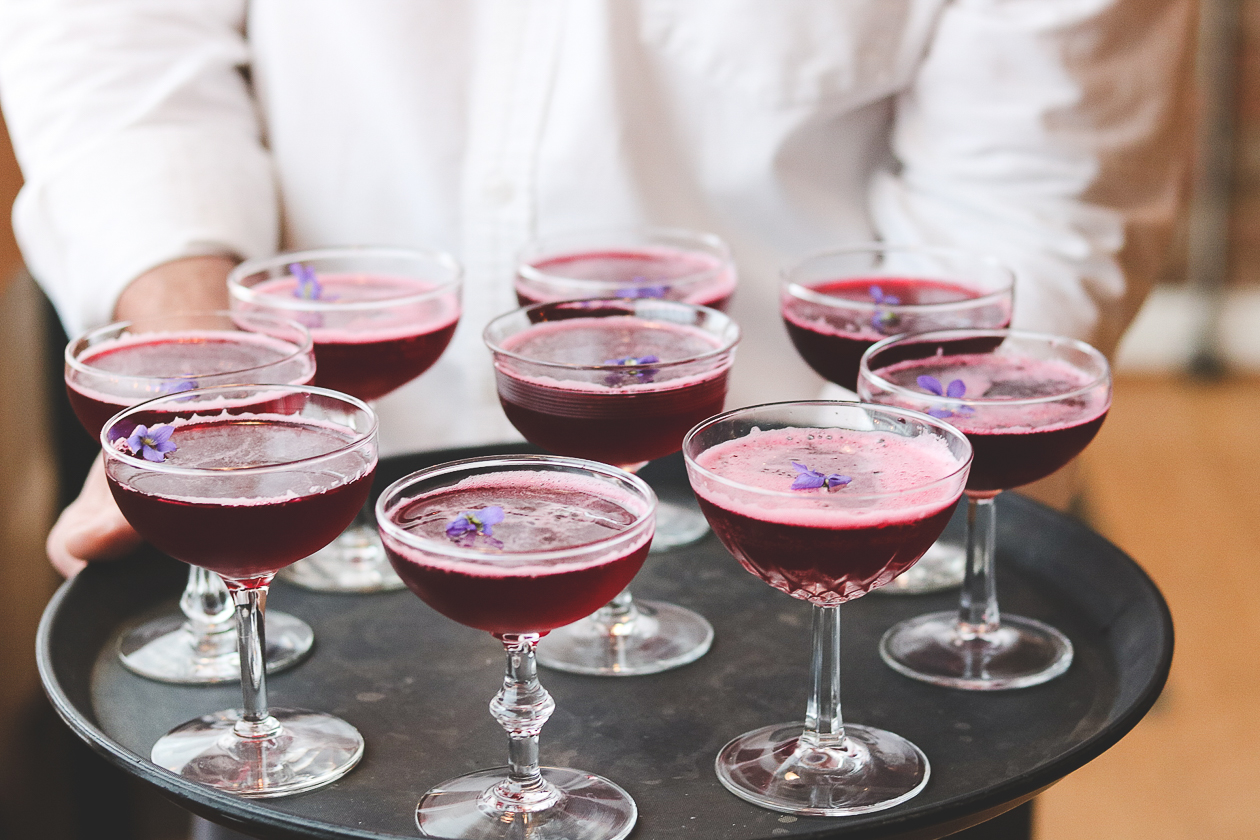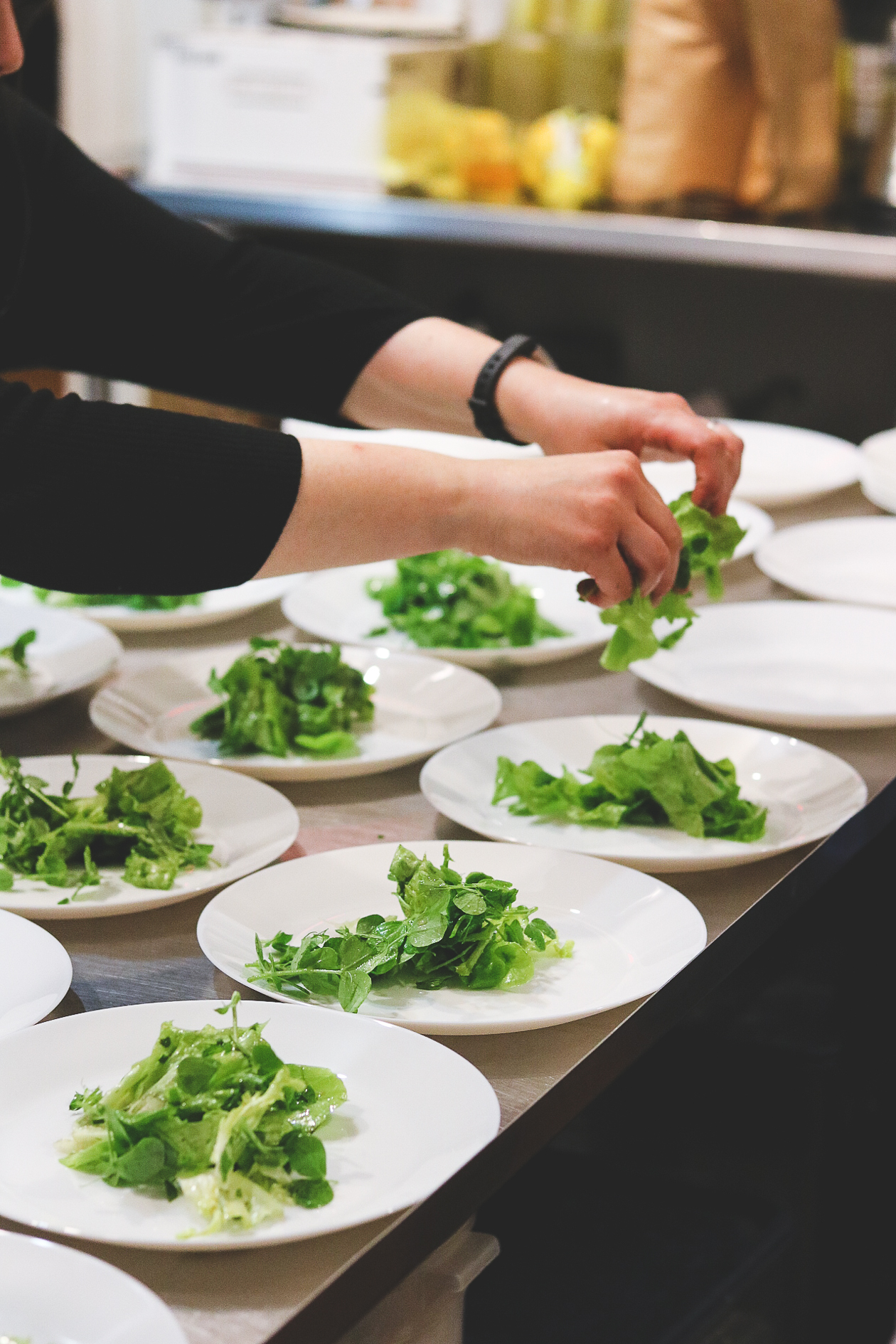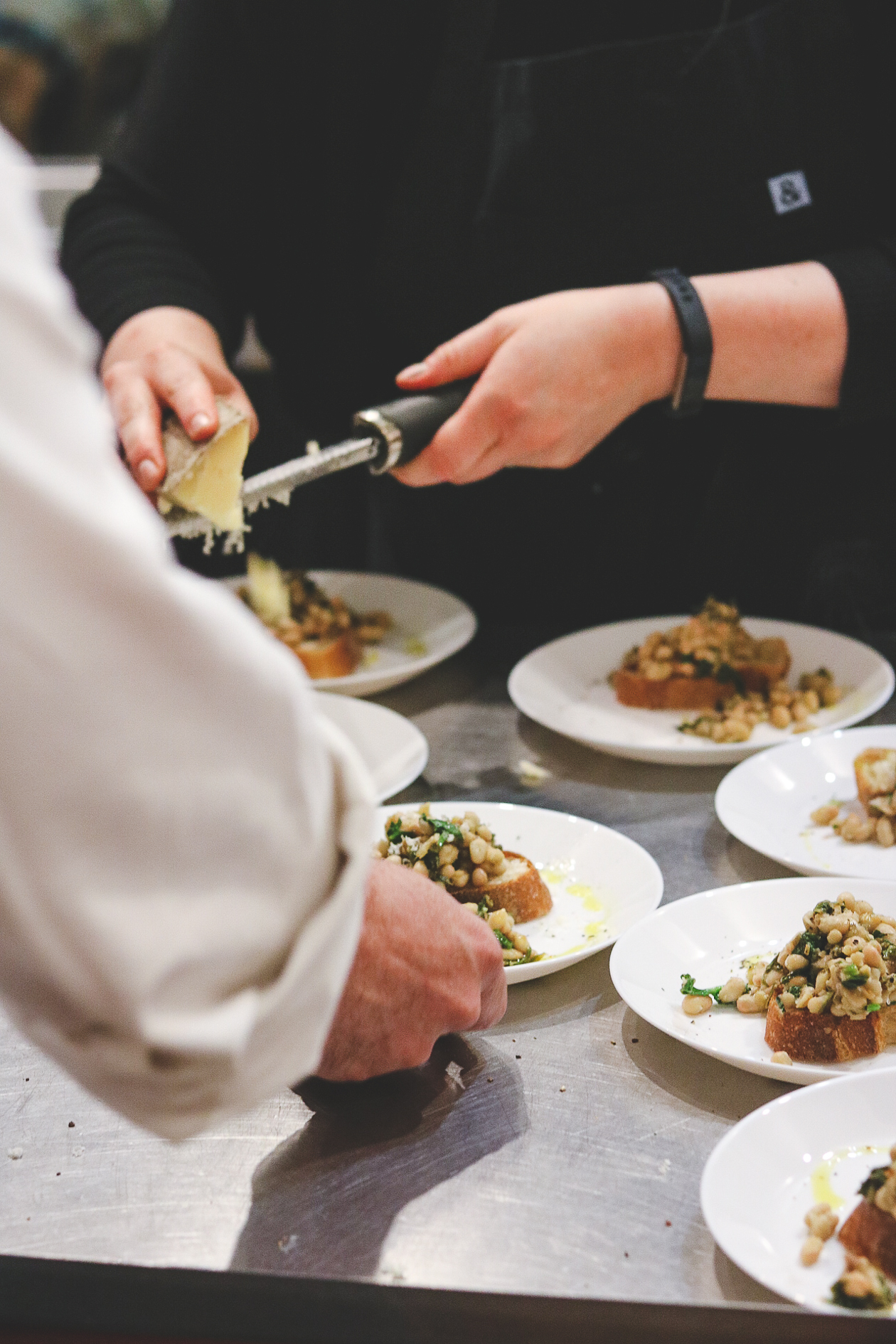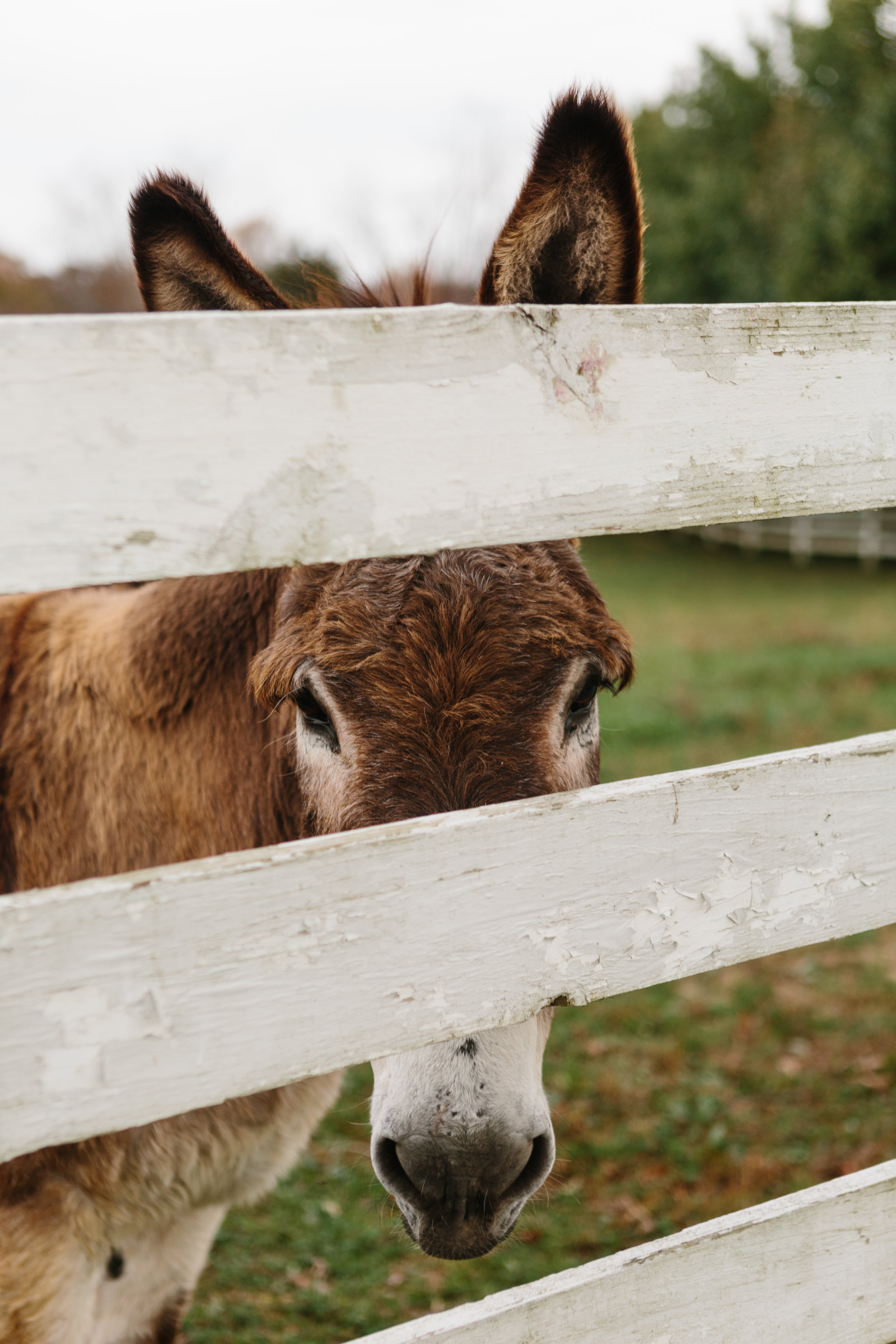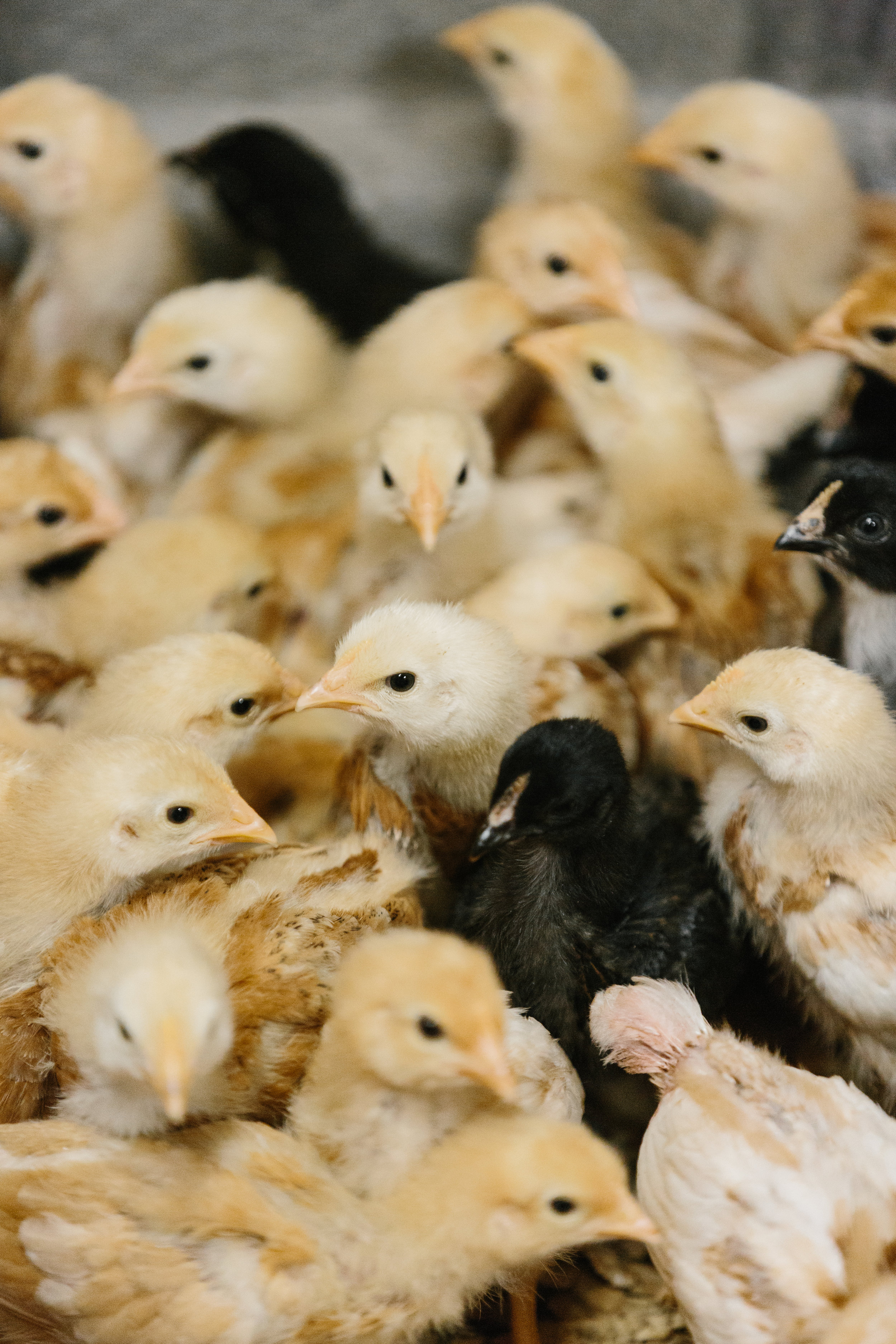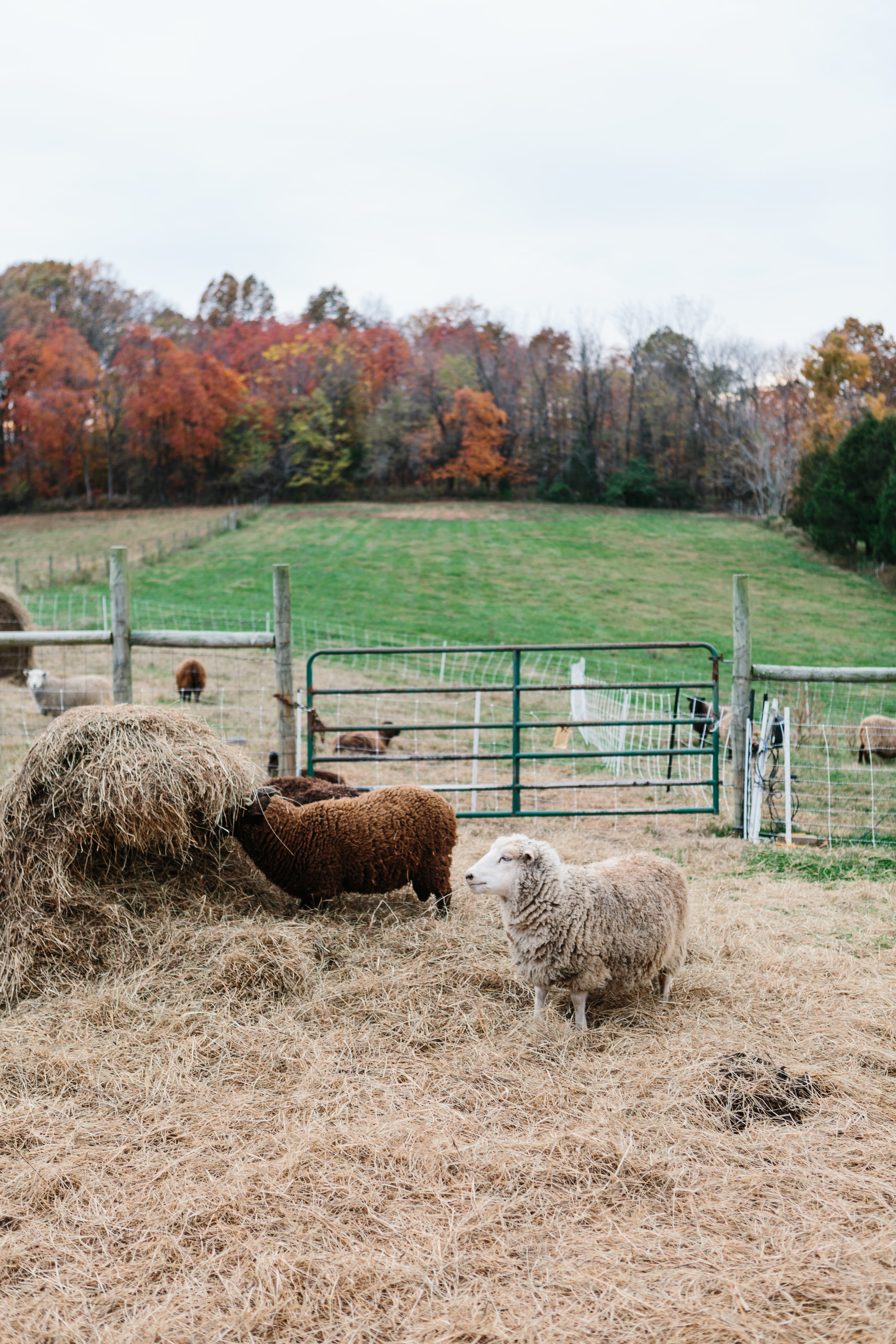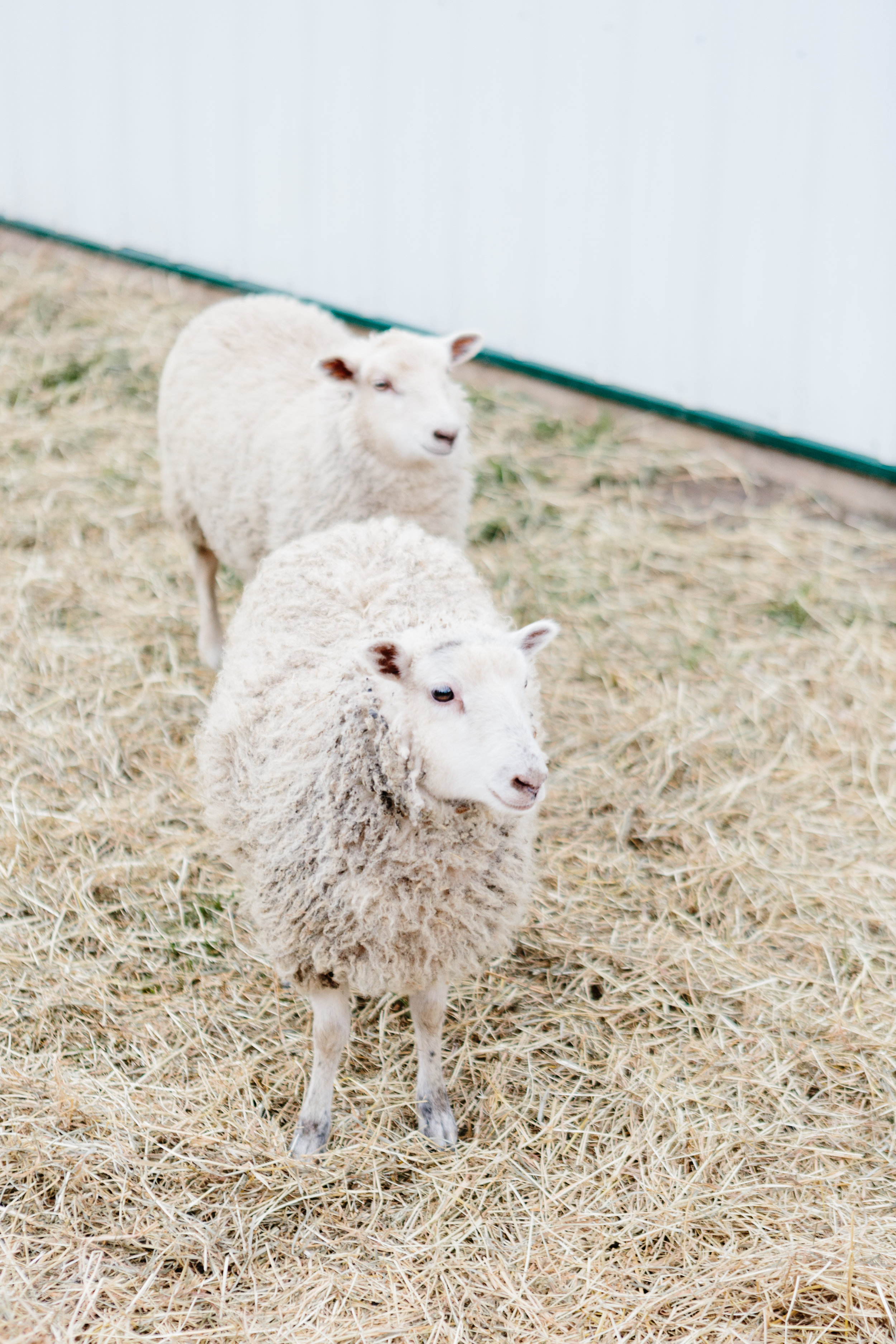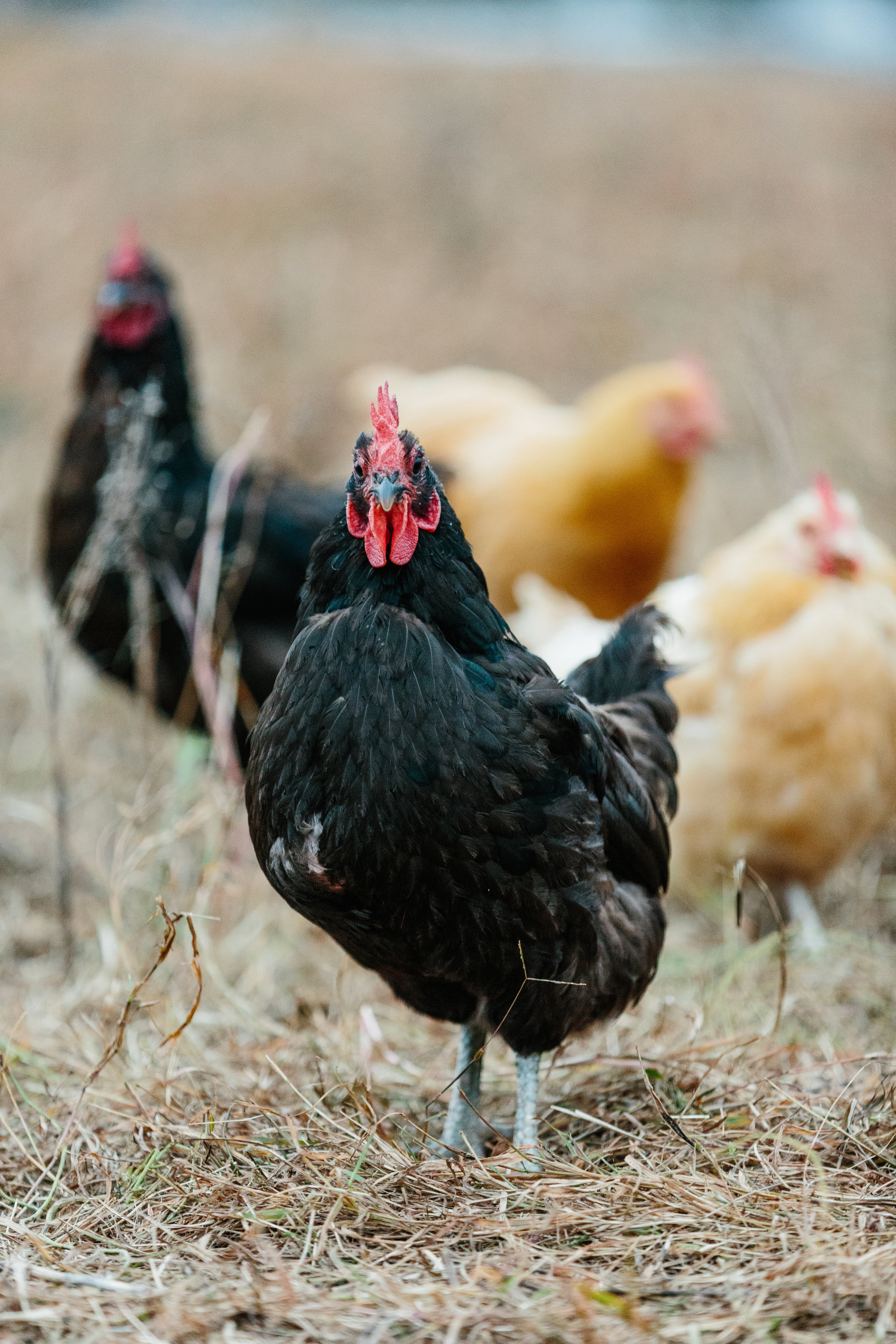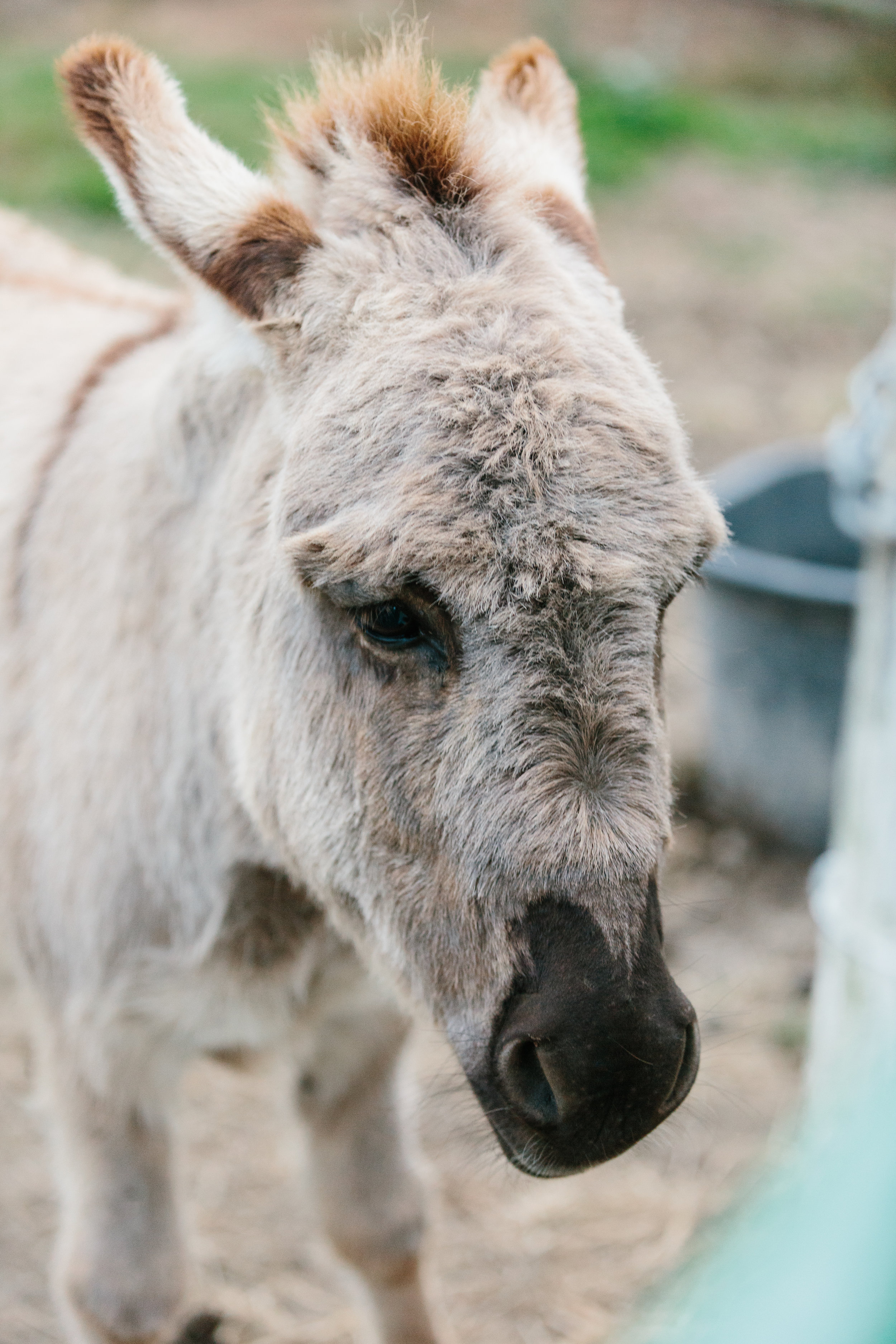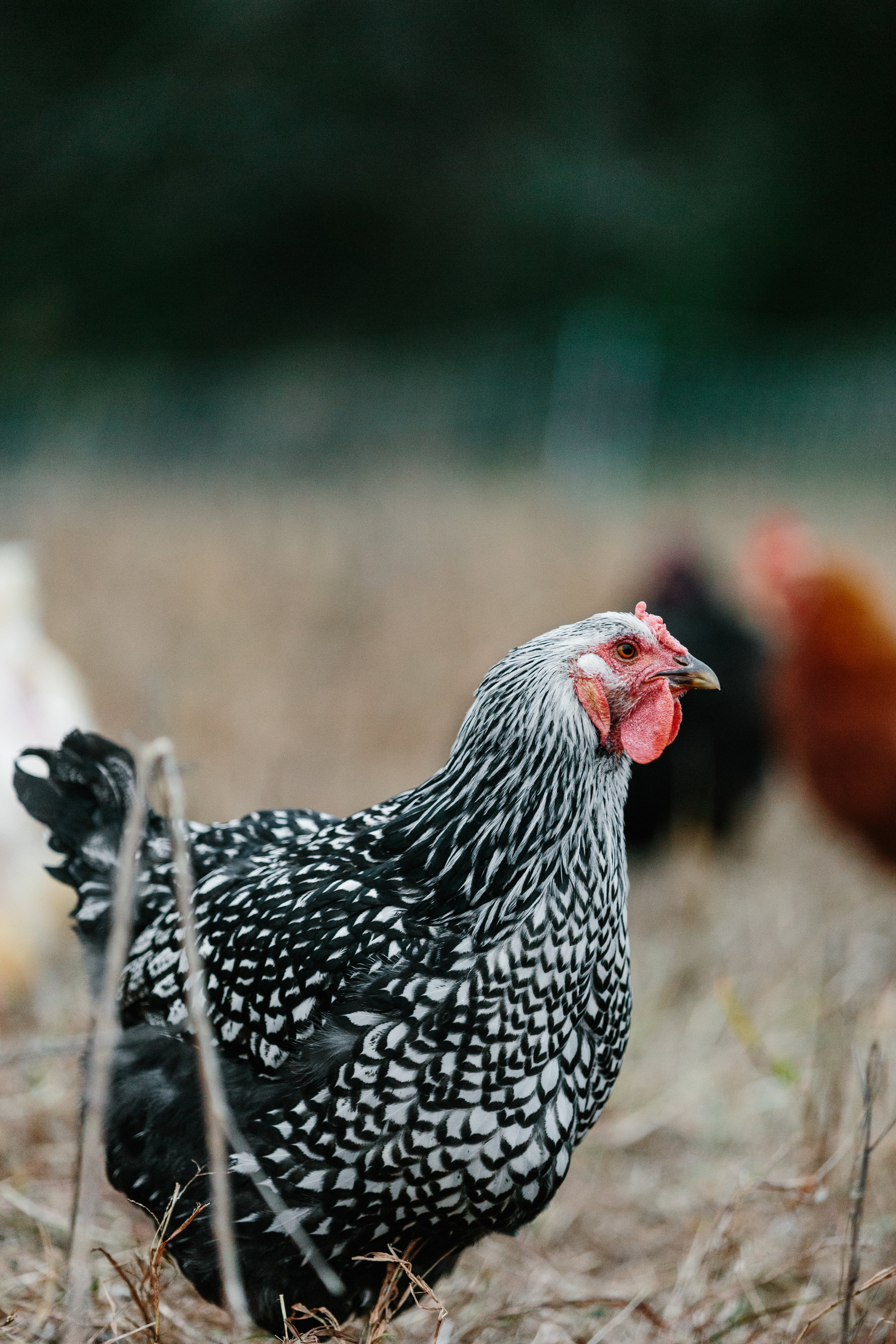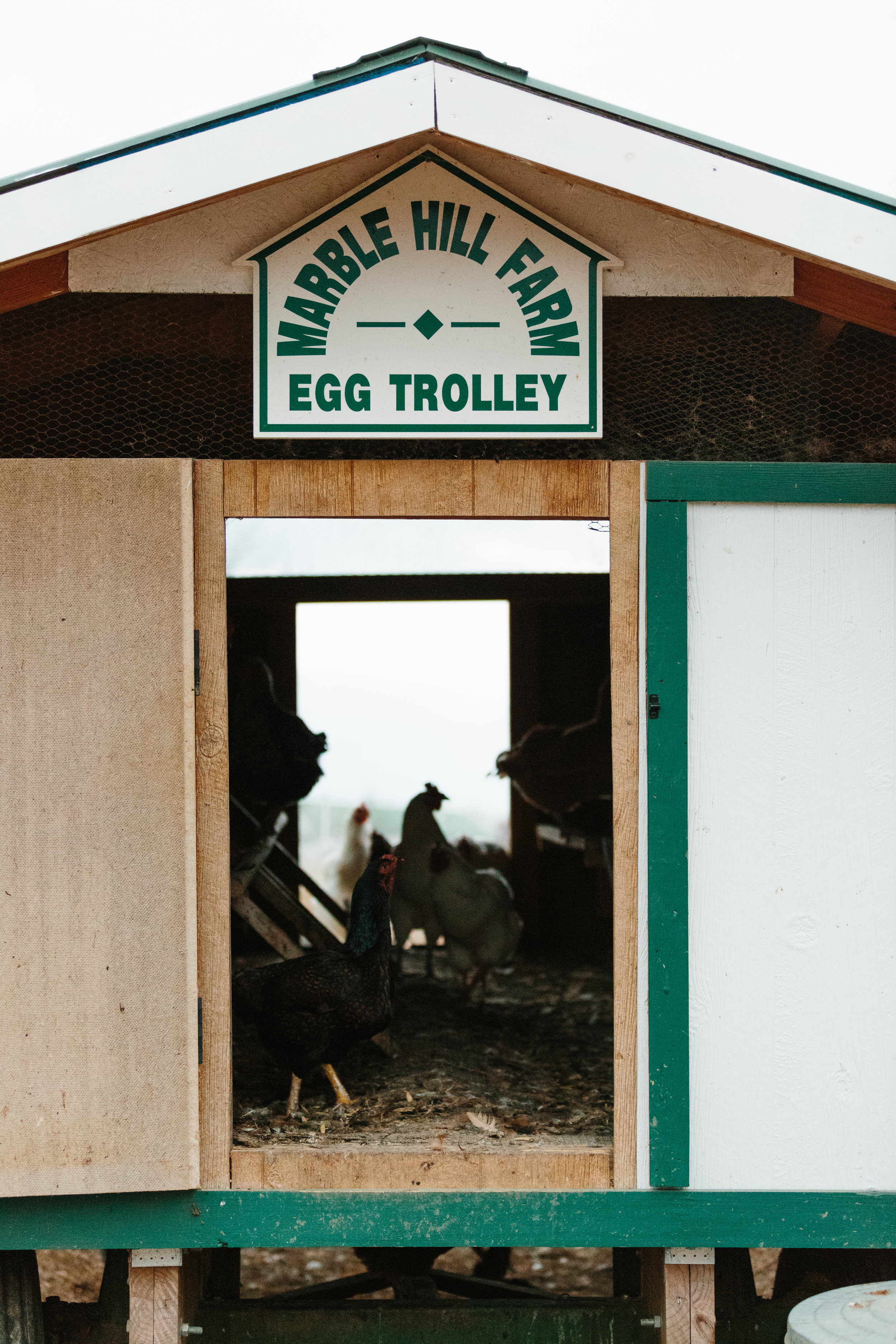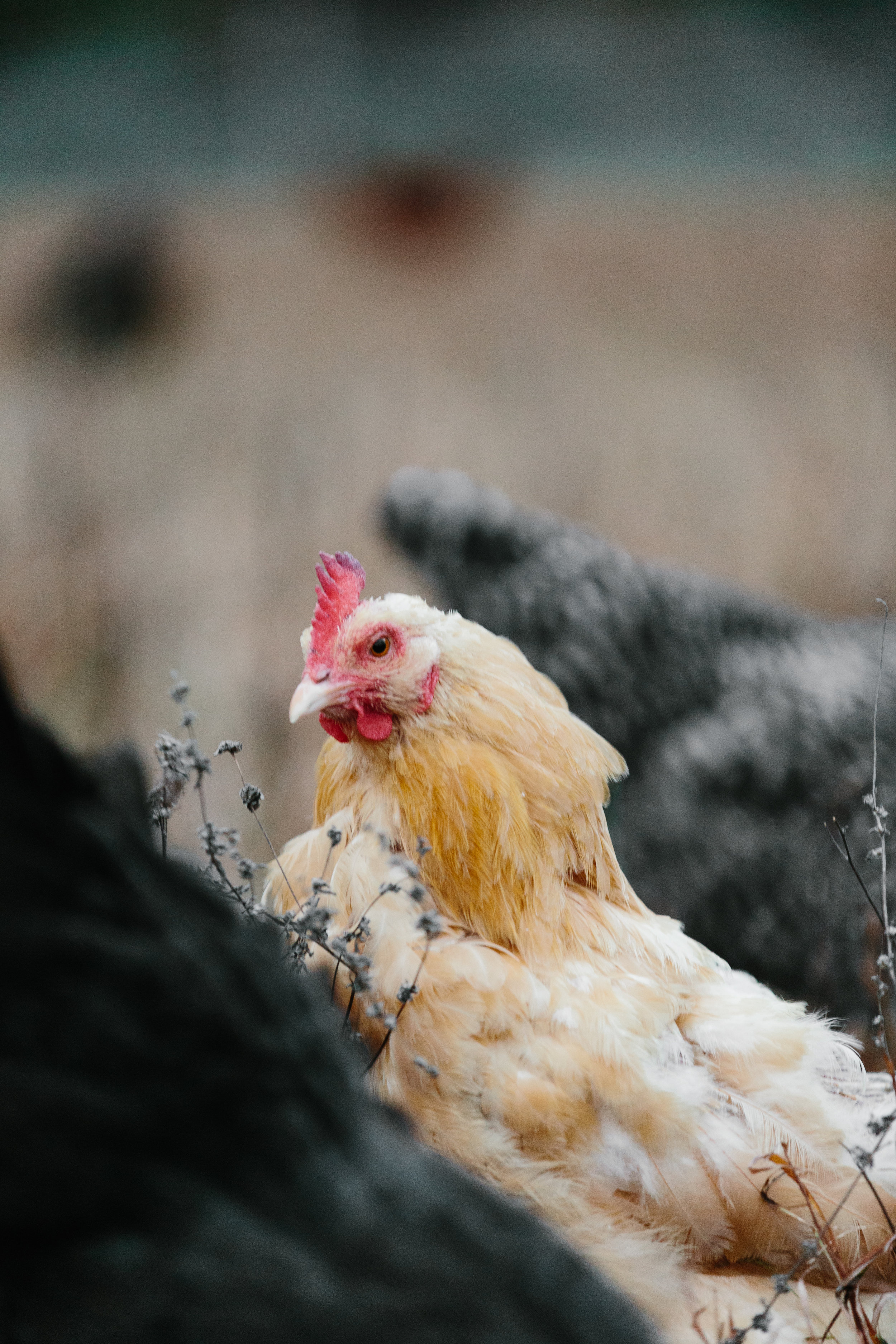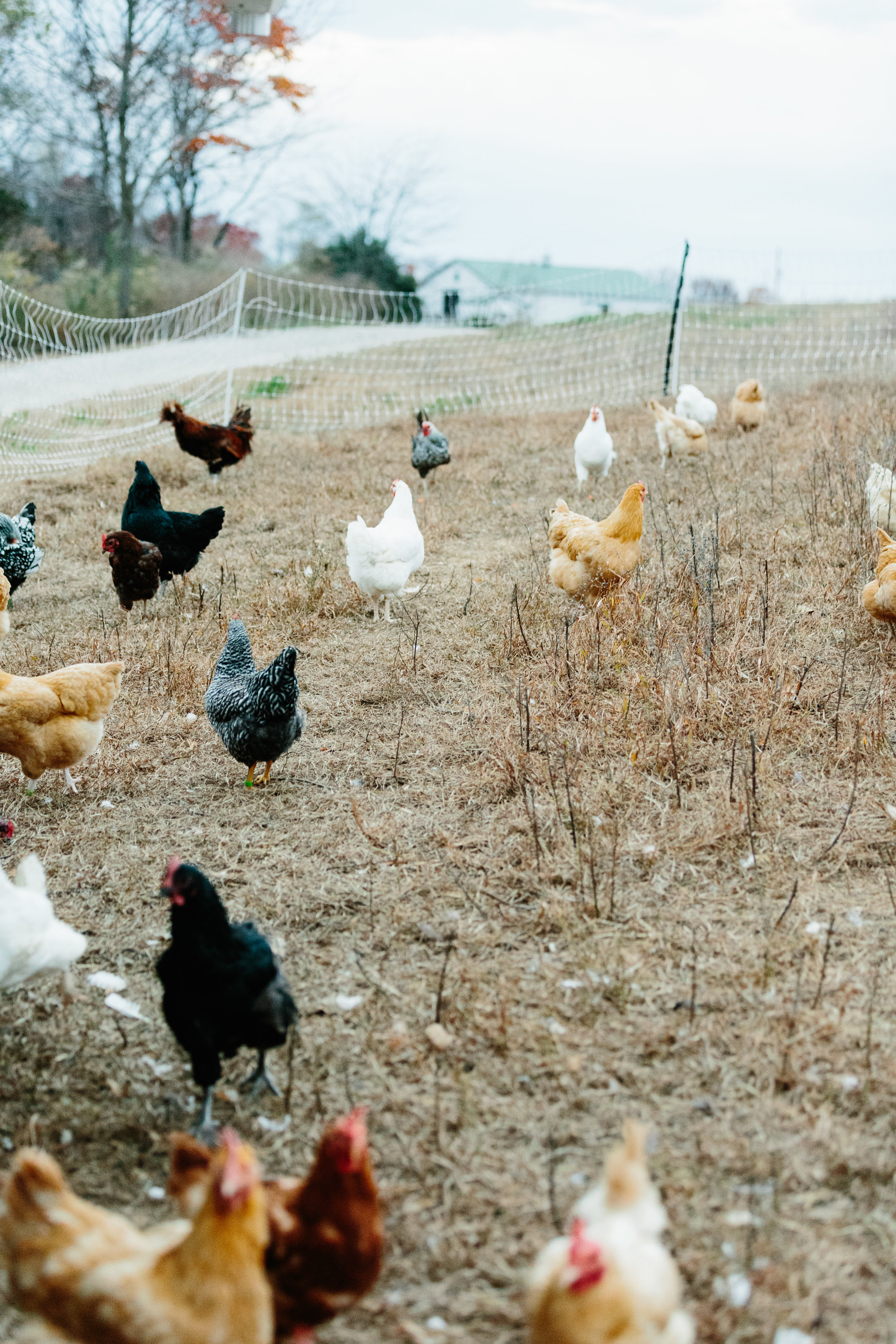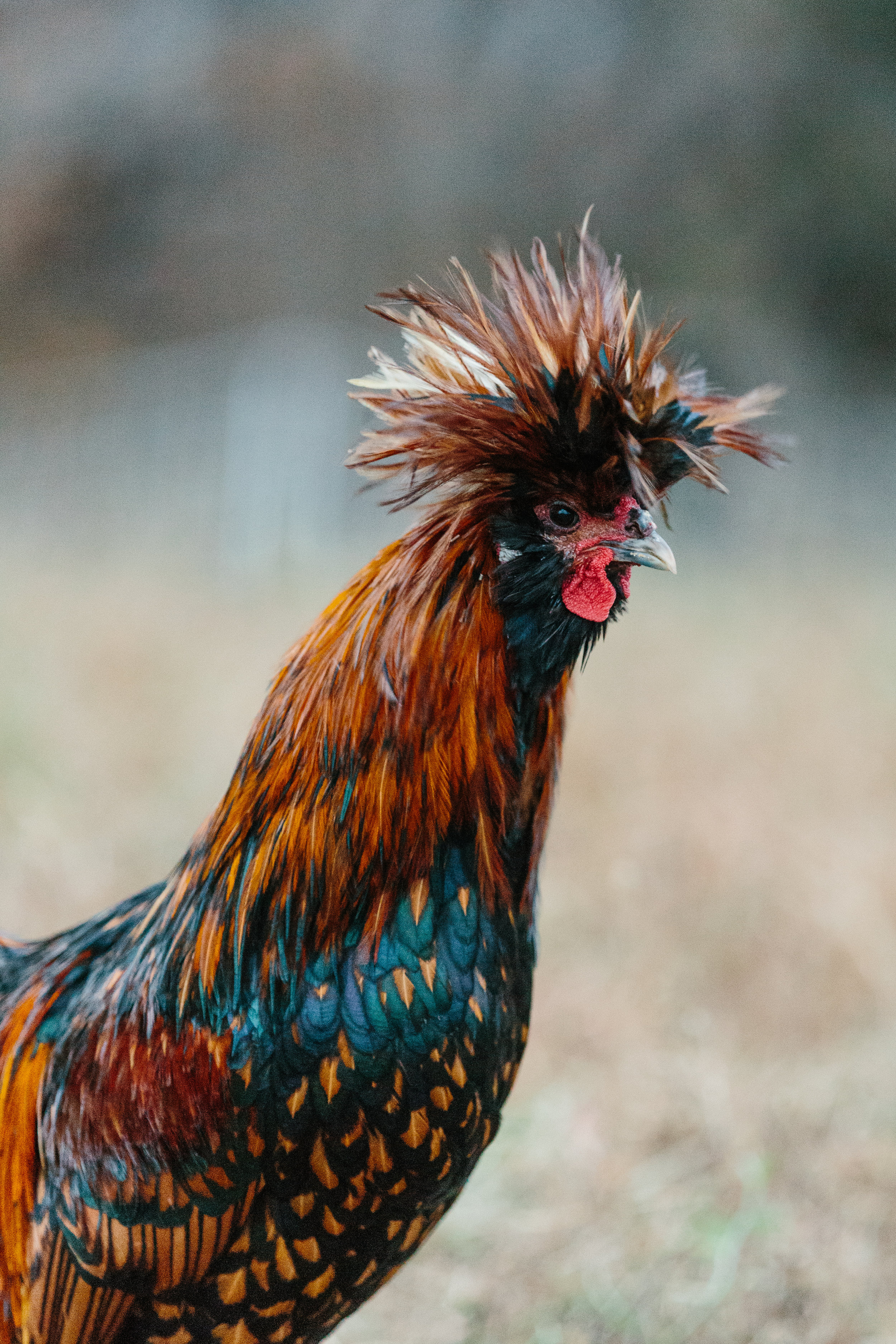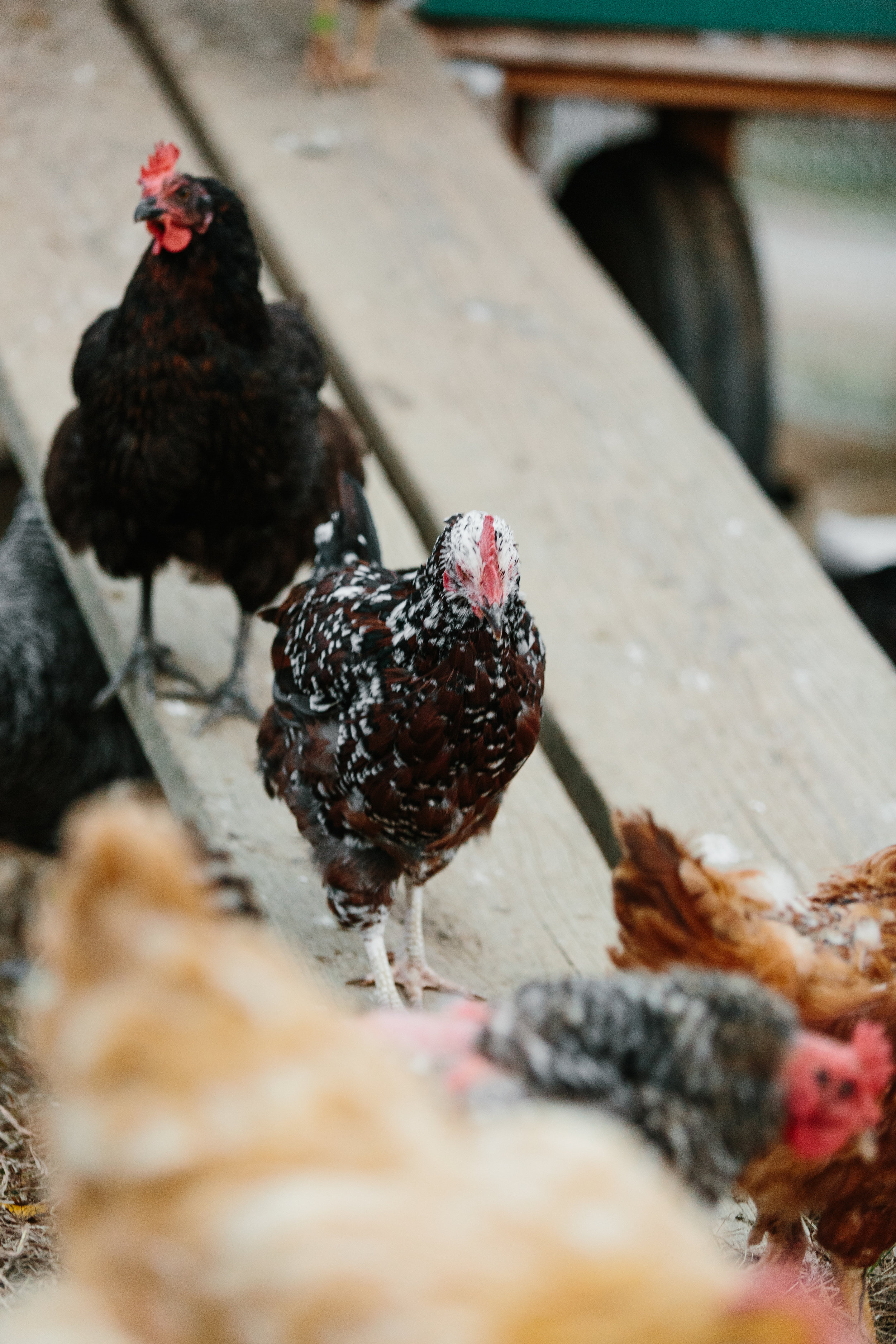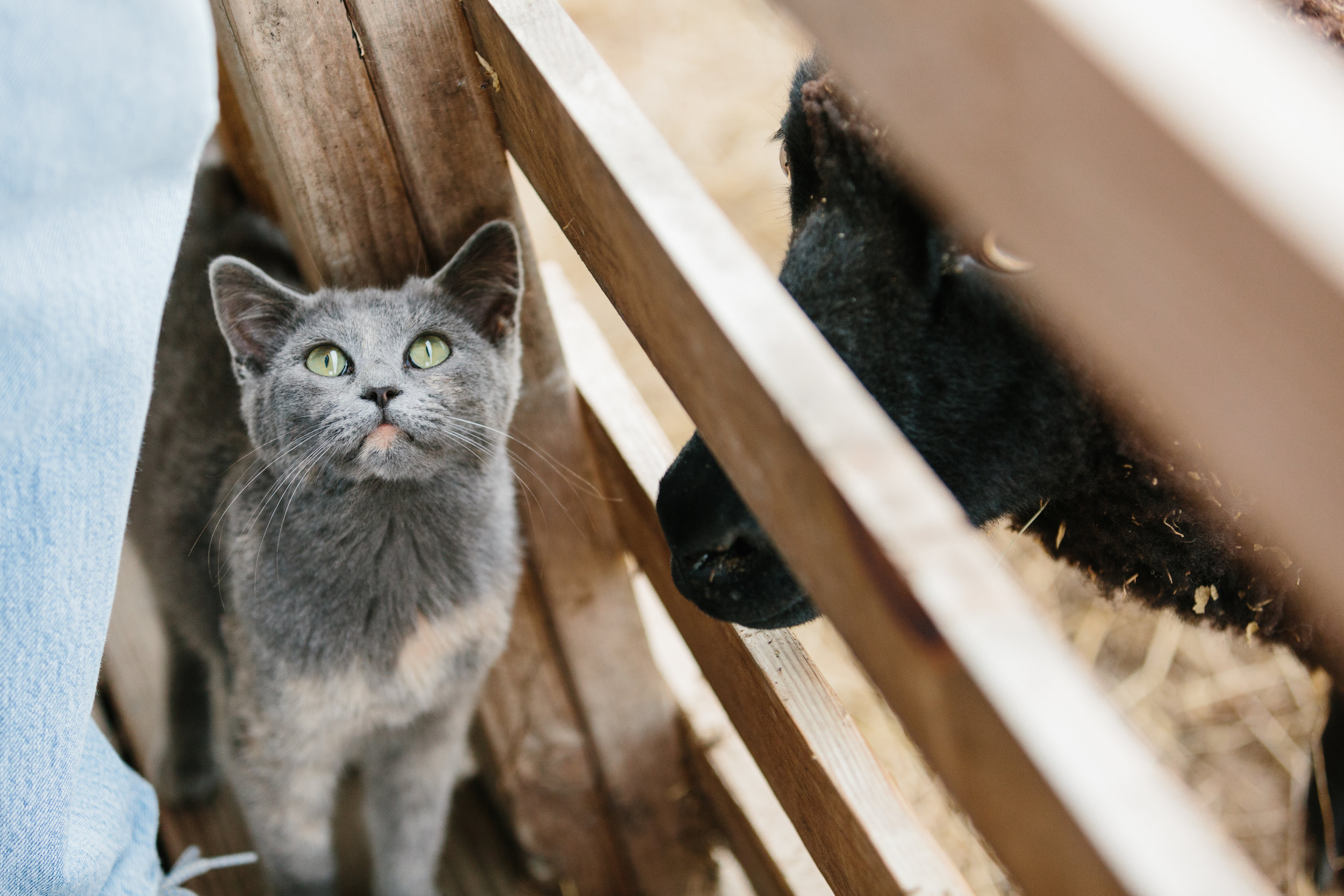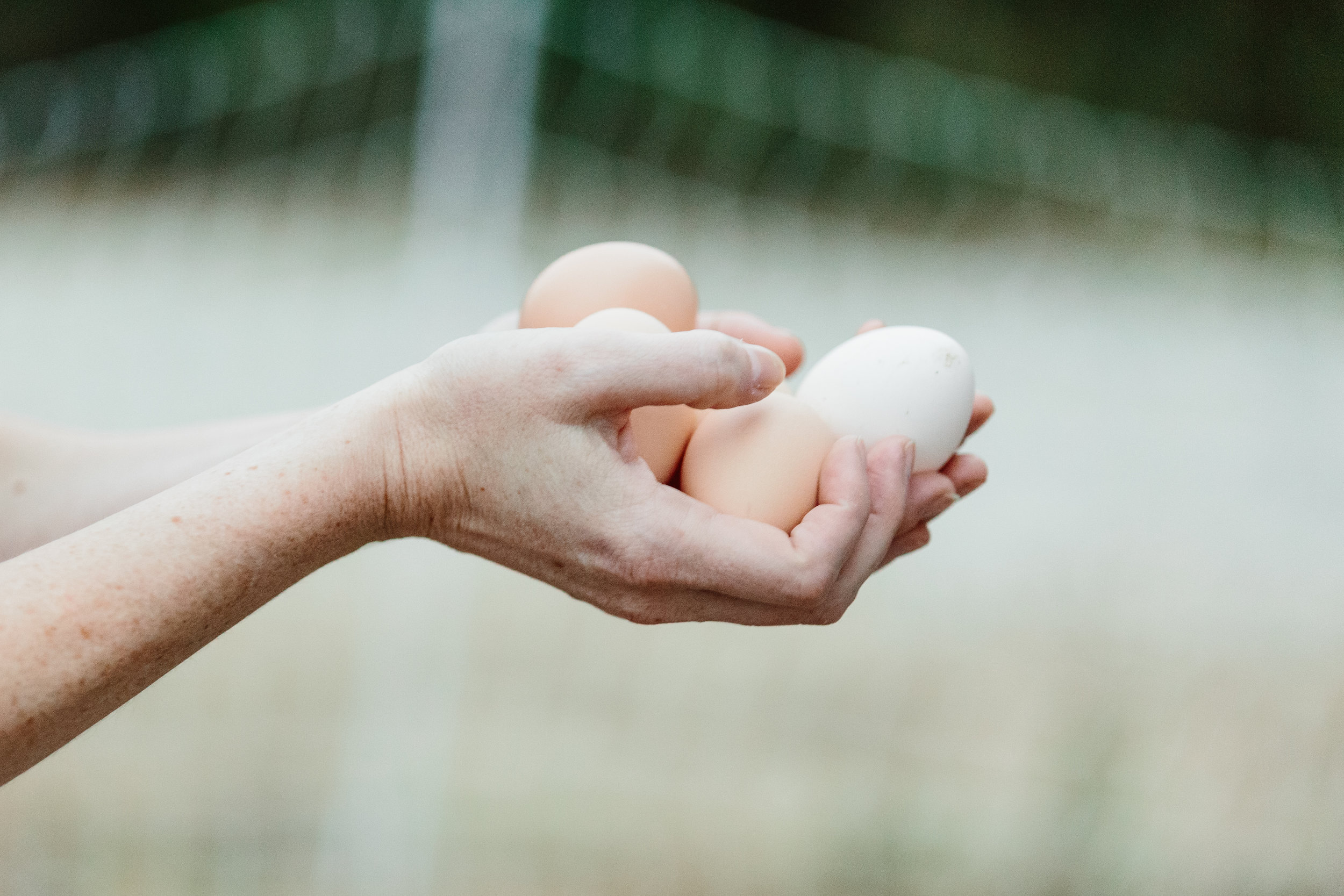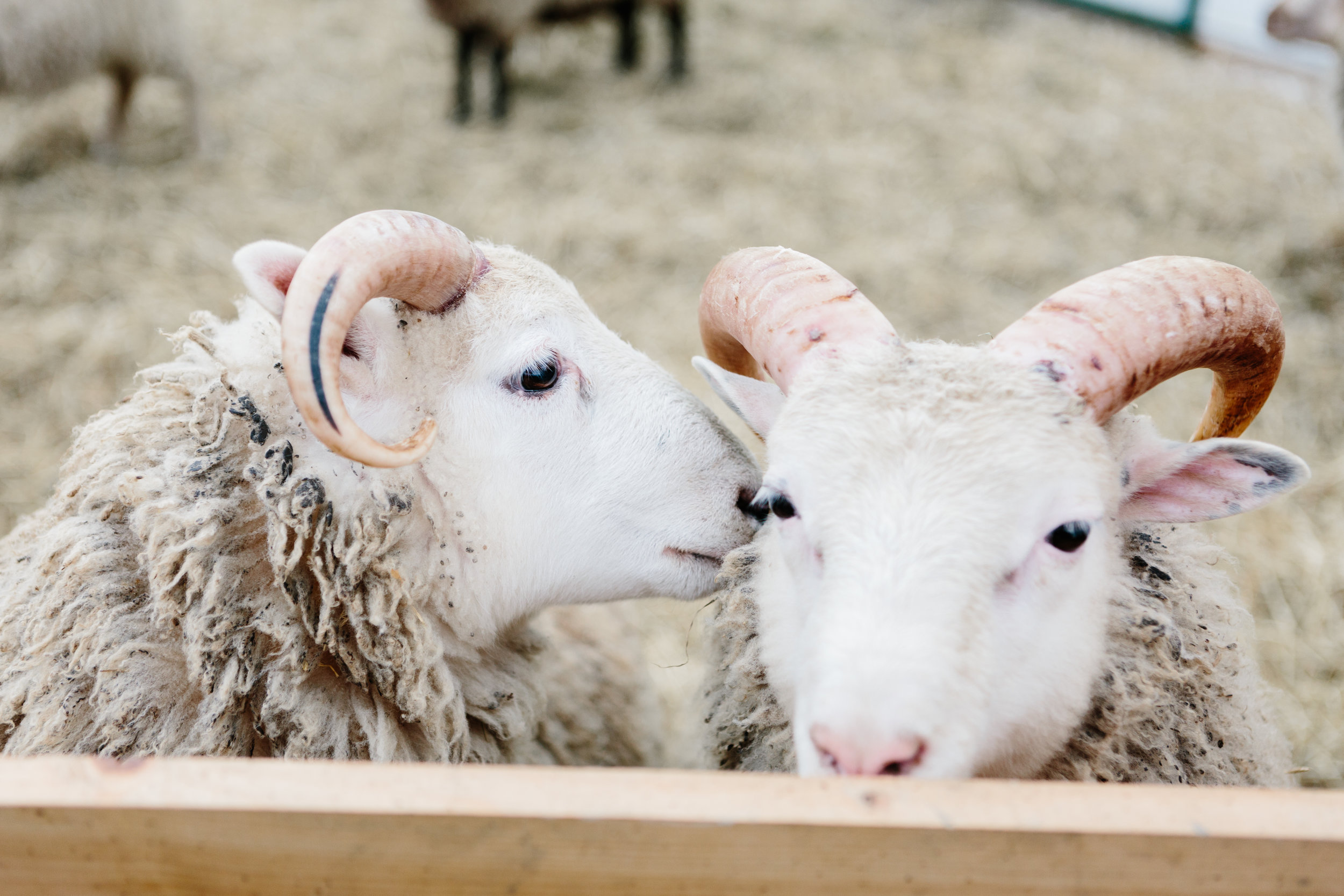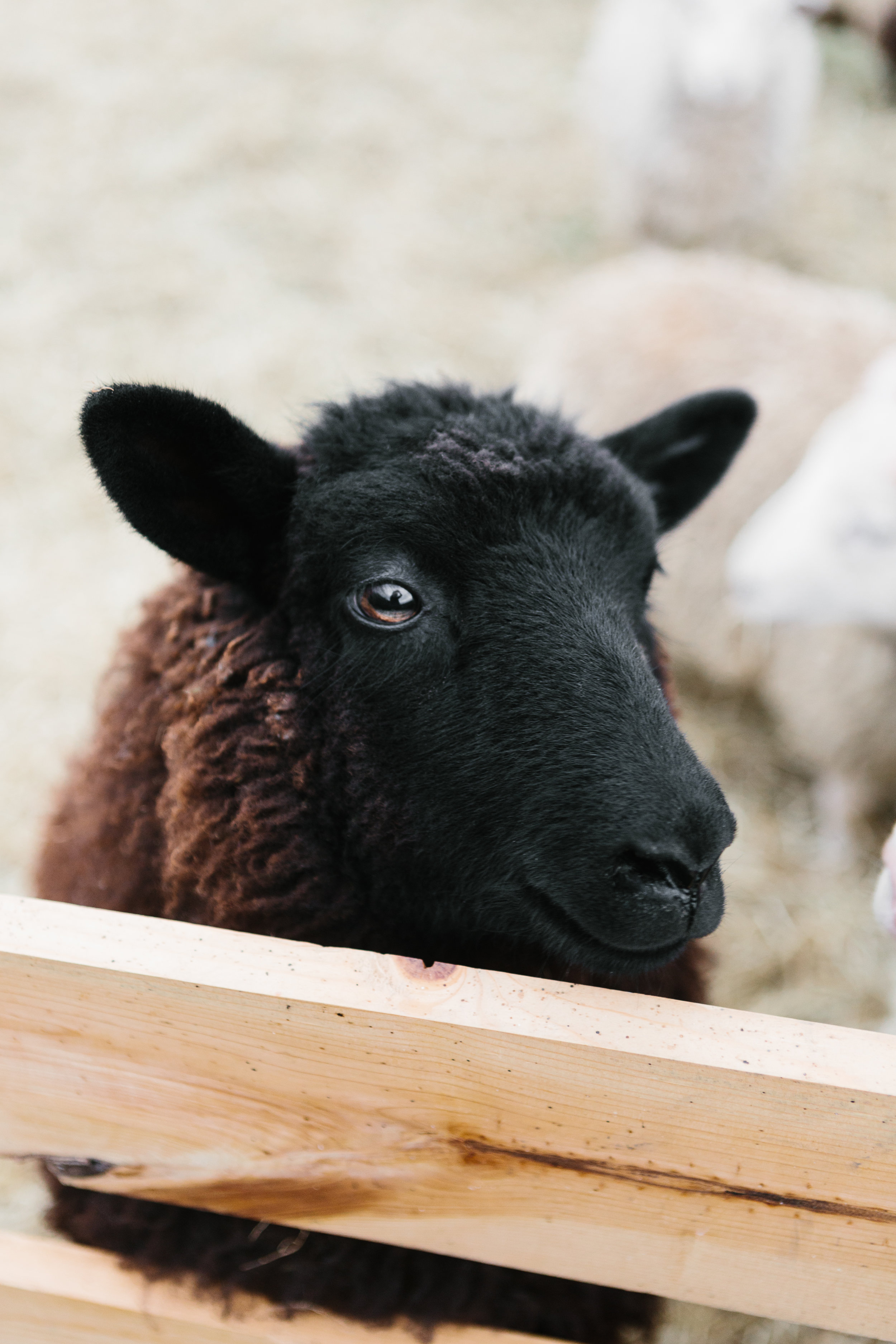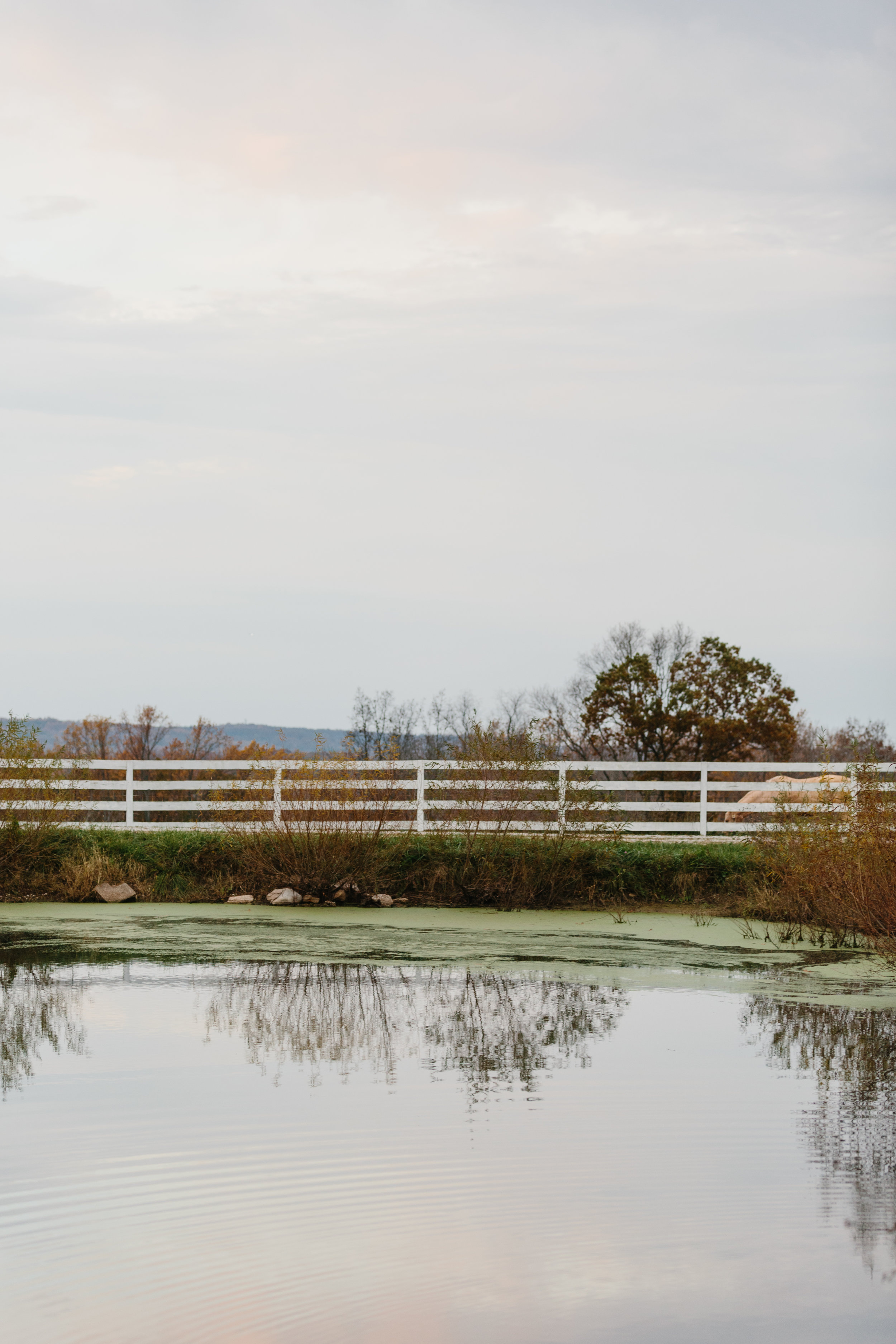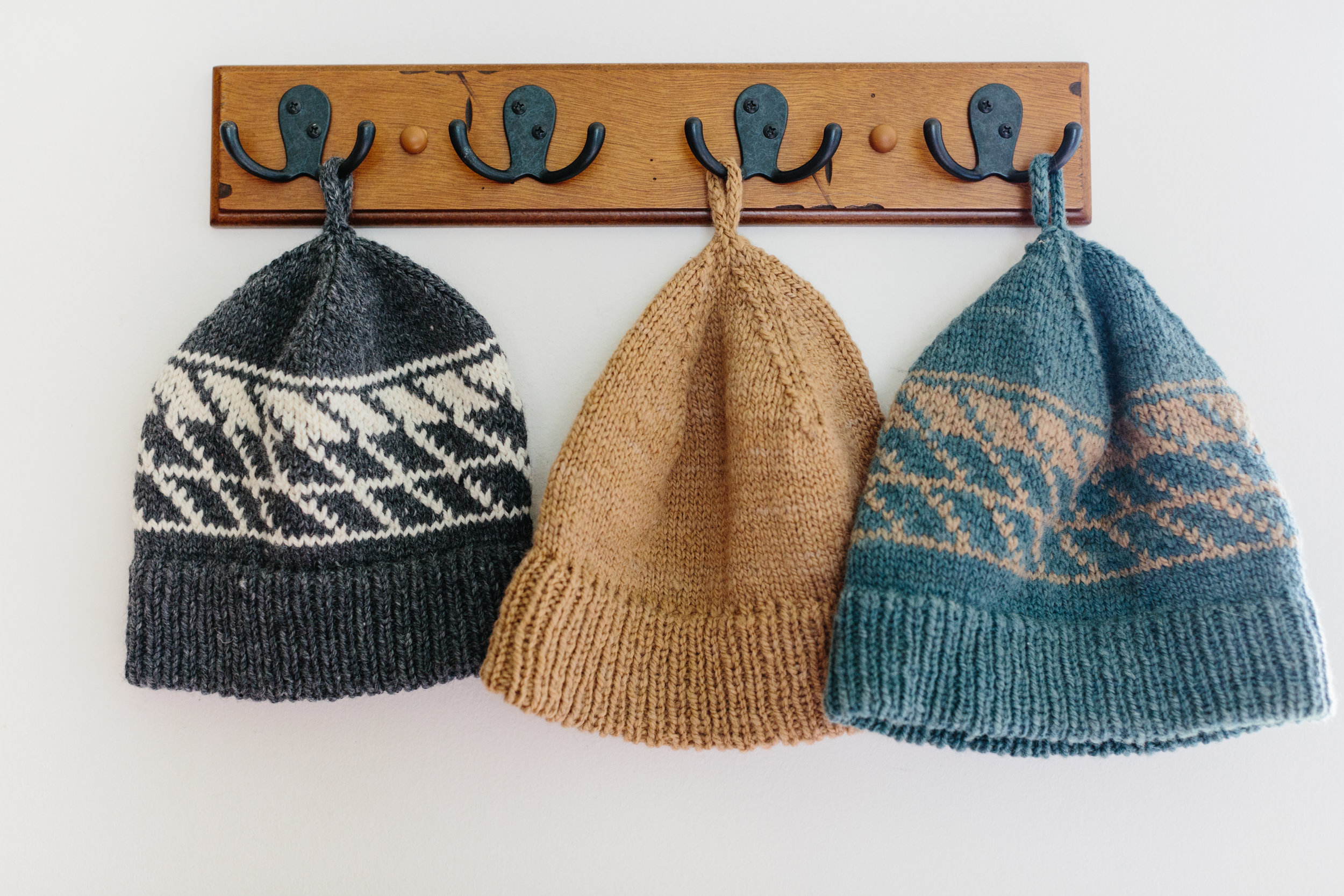interview by Leah Fithian and Anna Powell Teeter of Driftless Magazine
with Sherrie Castellano of With Food + Love
winter photographs by Amanda Paa of Heartbeet Kitchen
spring photographs by Meghan Izaguirre
How did you get the word out about the pop-up?
The food community in St. Louis is really engaged and supportive, and the concept has been warmly received mainly through my blog and social media.
What was your inspiration for the menu?
I plan my menu exclusively around what is available to me. I work with some wonderful farmers and I utilize whatever they have growing or whatever they have foraged.
Why do you feel it's important to gather people around the table to share a meal together?
I have a deep desire to care for others through food. It is truly my love language. These meals are a great reminder that slowing down and enjoying unplugged time with others is still very much alive and well.
Where you live and what do you do?
I live in Saint Louis, Missouri. I am the content creator behind my blog, With Food + Love. I am a pop-up chef. And I'm the director of marketing for Big Heart Tea Co. — a badass women run, ethically sourced herbal tea company.
When did you first begin the pop-up dinner series?
May 2016. Since then I've held them about every two months. More information here! The next one is our Early Summer dinner on June 10th.
How many people are typically invited and involved?
My pop-up dinners are open to everyone. It is an all inclusive event. No invitations, no special lists, anyone can attend. But there is a limited amount of seats available (about 24 per dinner).
WINTER DINNER — January 22, 2017
Polenta
braggadocio polenta, sweet dumpling squash, black pepper turnip ragù
The Last Hour
bitter cacao nibs, wild elderberry syrup, aeries port, pinckney bend vodka
Mousse Me
bissinger’s dark chocolate, caramel, hibiscus, blood oranges - recipe here!
Pears + Pine
pear shrub, wild pine syrup, pinckney bend gin
Bowl of Winter Whites + Seeds
fennel, cauliflower, white beans, yogurt, seed loaf
Salad – From The Earth
beets, baetje farms coeur de la crème, oregano vinegar, wild chamomile greens
FOREVER SPRING DINNER — April 13, 2017
Plucked, Spring Mix Salad
pea shoots, spring greens, petite radish, herbs, johnny jump-ups, wild violet vinegar
Brewed, Oolong Broth Stew
forever spring oolong, asparagus, potatoes, carrots, crispy lentils
Sorrel Sour
sorrel syrup, parsley, 360 vodka
Churned, Golden Affogato
vanilla ice cream, sunshine dust, salty cacao nibs
Brings May Flowers
hibiscus, wild violet, rose lavender, lilac bitters,
lion’s tooth dandelion liqueur, 360 vodka
Pulled, Green Garlic Soup
green garlic, tokyo long whites, spinach,hemp seed dukkah
Foraged, Ramp Tartine
ramps, white beans, union loafer baguette, flory’s truckle





